Dog Ear Infections That Won’t Go Away: What Every Owner Should Know
There are few things more frustrating for a dog owner than treating an ear infection, only to have it come back again. Your dog finishes their ear drops, seems comfortable for a few weeks, and then the head shaking and scratching return.
At Lewiston Veterinary Clinic, we understand how discouraging recurring ear infections can be. In our region, where the Columbia and Snake Rivers invite dogs to swim and wide-open fields make allergies and foxtails a constant risk, many pets are prone to chronic ear problems. The good news is that with the right approach, we can break the cycle and help your dog stay comfortable long-term.
Why Ear Infections Start in the First Place
All healthy ears and skin naturally harbor bacteria and yeast. Under normal conditions, the skin barrier keeps these microorganisms in balance and prevents them from causing harm. But when that barrier is disrupted- for example, by allergies, underlying health conditions, a foxtail scratching its way into the canal, or lingering moisture after a swim- the balance tips. In these situations, bacteria or yeast can multiply unchecked and lead to infection. Understanding this process helps explain why prevention and complete treatment, not just short-term relief, are so important.
Why Do Ear Infections Keep Coming Back?
While any dog can get an occasional infection, recurring ear problems almost always point to an underlying issue.
- Water exposure: Dogs who swim often trap moisture in their ears, creating the perfect environment for bacteria and yeast. Heavy, hairy ears are especially prone to staying damp.
- Foxtails and foreign material: Foxtails and even ticks can lodge deep inside the ear canal, causing ongoing irritation and repeat infections.
- Allergies: Environmental triggers like pollen or dust and food allergies are some of the most common causes of chronic ear inflammation.
- Underlying conditions: Diseases such as hypothyroidism or Cushing’s disease alter skin health and make infections harder to control.
- Resistant infections: When bacteria or yeast adapt to medications, the infection lingers or returns quickly.
- Ear anatomy and hair: Breeds with floppy ears, narrow canals, or excessive ear hair in the canals (like poodle breeds) are more prone to repeat infections.
When ear infections keep returning, treating symptoms alone isn’t enough. We need to identify and address the root cause.
Recognizing When It’s More Than “Just Another Infection”
Chronic ear disease doesn’t always look severe at first. But some warning signs that your dog’s problem is recurring include:
- Ear infections that return within weeks of finishing treatment
- Persistent head shaking, scratching, or rubbing at the ears
- A foul odor, discharge, or redness that doesn’t fully resolve
- Ear flaps that develop thickened, darkened, or scaly skin
- Swelling of the ear flap, sometimes leading to an ear hematoma
Left untreated, ongoing infections can permanently change the ear canal, making them even harder to treat over time.
How We Diagnose Chronic Ear Issues
Breaking the cycle starts with thorough diagnostics. At Lewiston Veterinary Clinic, we look beyond the surface symptoms to uncover why your dog’s ears aren’t healing.
- Comprehensive ear exam and otoscopy to check for foreign bodies like foxtails, tumors, or polyp
- Ear cytology to identify the exact type of bacteria or yeast under a microscope
- Culture and sensitivity testing for stubborn infections, to find which medications will work
- Bloodwork through our diagnostic services to check for conditions like hypothyroidism
- Allergy evaluation and food trials to uncover hidden triggers
This complete picture allows us to build a treatment plan that isn’t just reactive but proactive.
Treatment for Recurring Ear Infections
1. Clearing the Active Infection
Treatment often begins with a deep cleaning in the clinic, followed by medicated drops or oral medications. Sedation may be needed to achieve a full deep cleaning of the ear canal. Cleaning at home may also be recommended, but it’s important to follow veterinary instructions closely. Cornell’s guide offers a helpful overview.
Completing the full course of medication is critical. Stopping early, even if your dog seems better, often allows the infection to flare again- often worse than the first time. By only treating a few days, you kill the weak bacteria and leave the strong ones behind, setting your pet up for an infection that’s resistant to common treatments.
2. Rechecks Are Essential
Infections may appear cleared on the surface while bacteria or yeast remain deeper in the canal. Returning for a recheck lets us confirm the infection is truly gone before stopping treatment. Sometimes treatment is necessary to decrease pain and inflammation before we can address the deeper cause.
3. Addressing the Root Cause
Long-term control means solving what’s behind the infection:
- Food trials to identify dietary triggers
- Long-term allergy treatments for environmental sensitivities
- Hormone therapy if bloodwork reveals thyroid disease or another condition
- Removing foreign bodies from the ear canal, like foxtails or polyps
4. Advanced Cases
In dogs with end-stage ear disease, surgery may be the best solution. A Total Ear Canal Ablation (TECA) removes the diseased tissue and can provide lasting relief when medical therapy fails.
Prevention: Keeping the Ears Healthy Long-Term
Once your dog is comfortable again, maintenance is key to preventing recurrence.
- Routine cleaning: Some pets need weekly ear cleaning- or daily, or monthly. Ask us about products we recommend and how often your pet should have their ears cleaned.
- Keep ears dry: Always dry ears after swimming or bathing.
- Watch for foxtails: After hikes or play in fields, check carefully for debris and grass awns.
- Manage allergies: Whether through diet or medication, allergy control is central to ear health.
- Support skin health: A balanced diet and omega fatty acids can help manage skin and ear inflammation.
- Regular monitoring: Some dogs will always need extra ear care, but with rechecks and ongoing support, they can stay comfortable.
FAQs About Recurring Ear Infections
Why does my dog’s infection always come back after swimming?
Moisture trapped in the ear canal creates the perfect environment for yeast and bacteria. Drying the ears after every swim helps.
Can foxtails really stay hidden in the ear?
Yes. Foxtails can lodge deeply and cause repeated infections until removed.
Does a chronic infection always mean allergies?
Not always, but allergies are one of the most common underlying causes.
Will my dog need surgery?
Only if infections are severe and ongoing despite medical care. Most dogs improve with targeted treatment and prevention.
Can I prevent infections with cleaning alone?
Cleaning helps, but it isn’t a cure. The underlying cause must also be addressed.
Breaking the Cycle of Recurring Ear Infections
Recurring ear infections are not just an annoyance. They’re a sign of an underlying issue that needs attention. With complete diagnostics, a tailored treatment plan, and ongoing prevention, your dog doesn’t have to suffer through repeat infections.
At Lewiston Veterinary Clinic, we’ll help you identify what’s really driving your dog’s ear issues and create a plan that keeps them comfortable for the long run. Whether your pup loves swimming in the river, romping through fields, or just curling up at home, keeping their ears healthy means a happier, itch-free life.
If your dog is struggling with recurring ear infections, don’t wait for the cycle to repeat. Request an appointment or call us at (208) 743-6553 to get started.

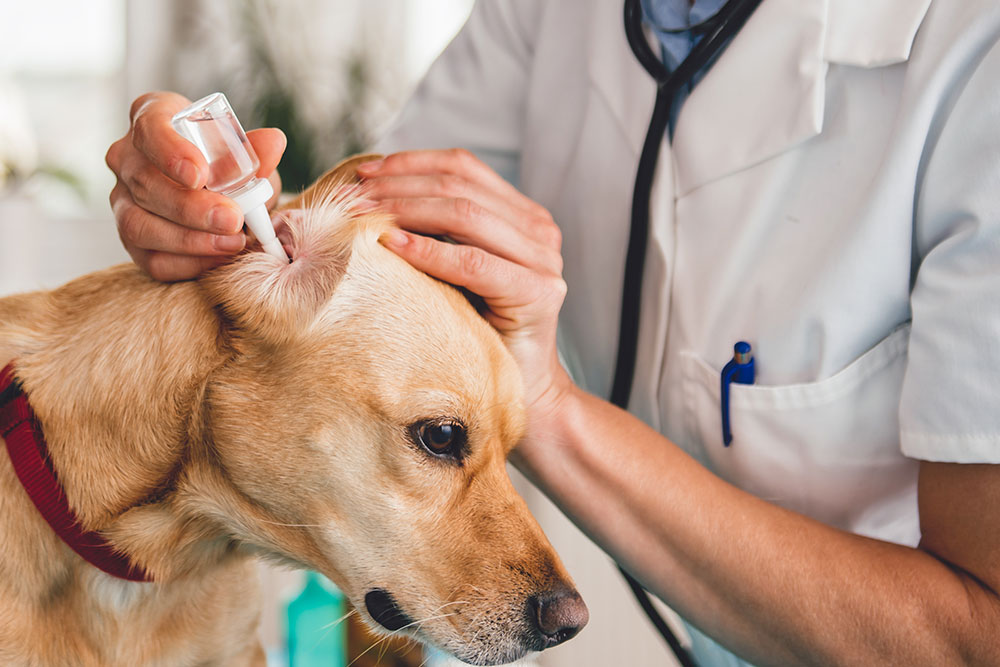
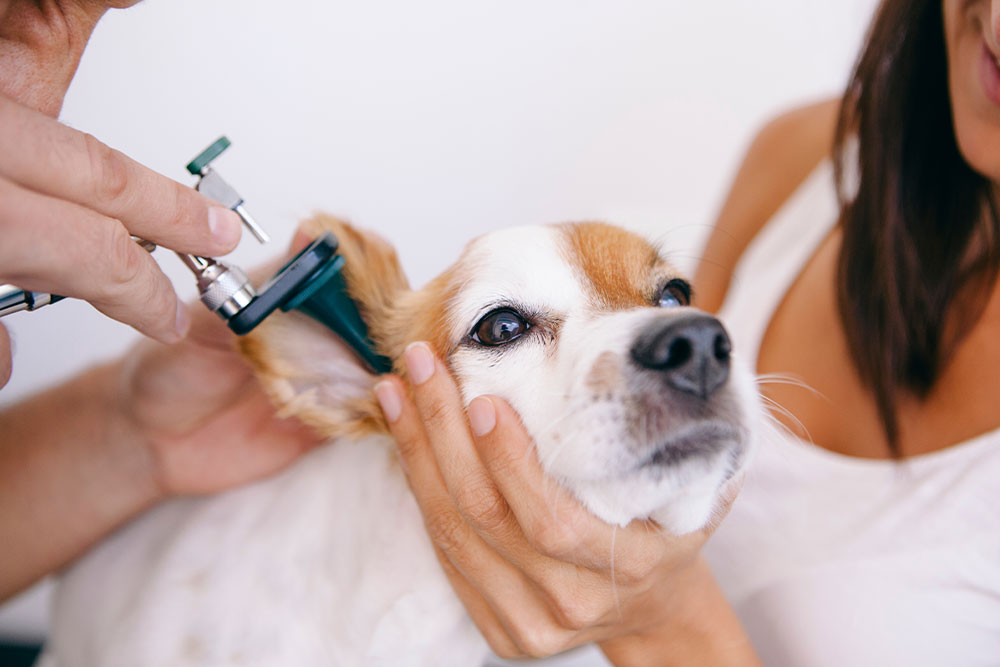
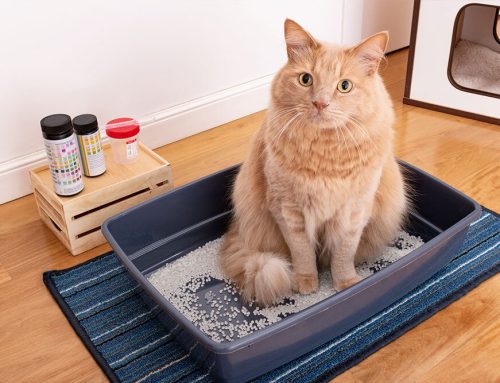








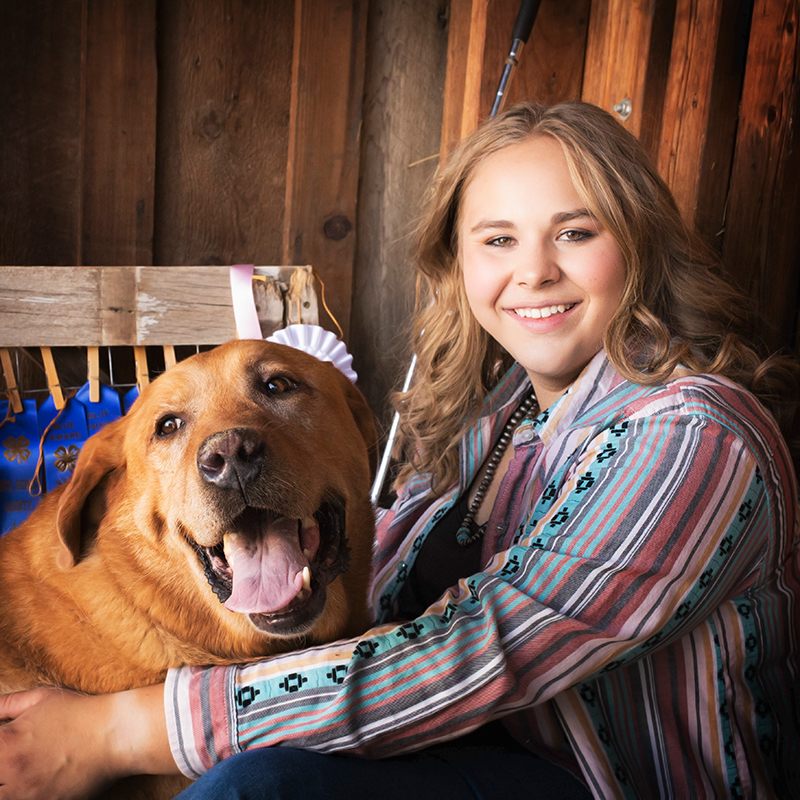
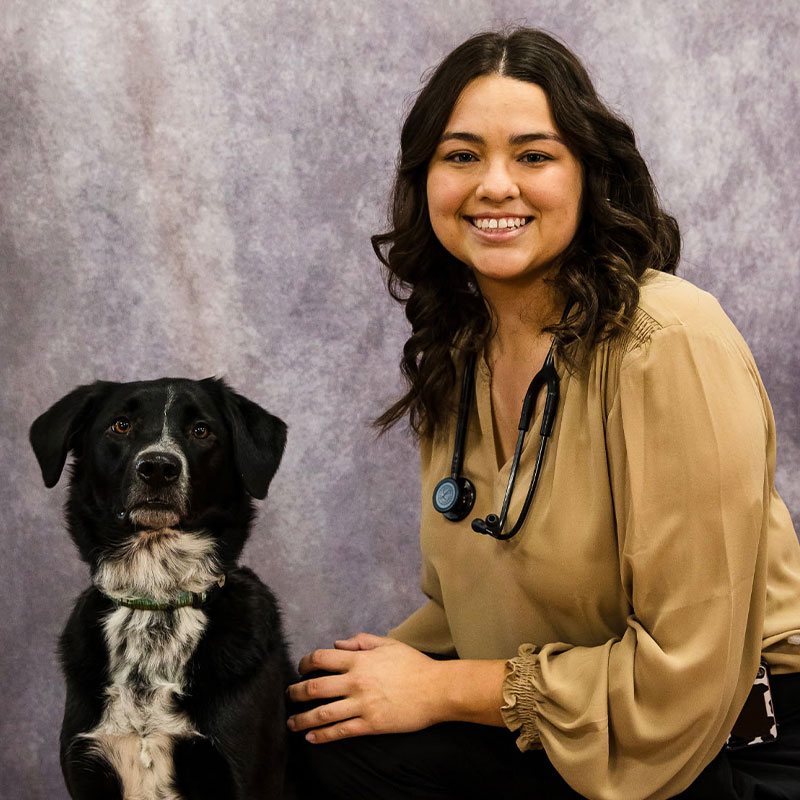







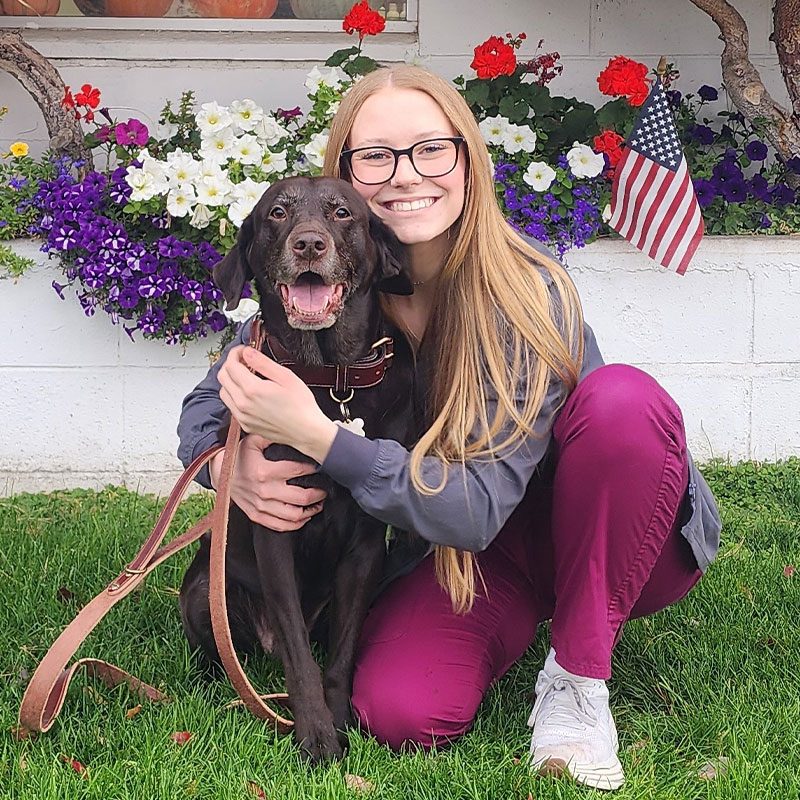
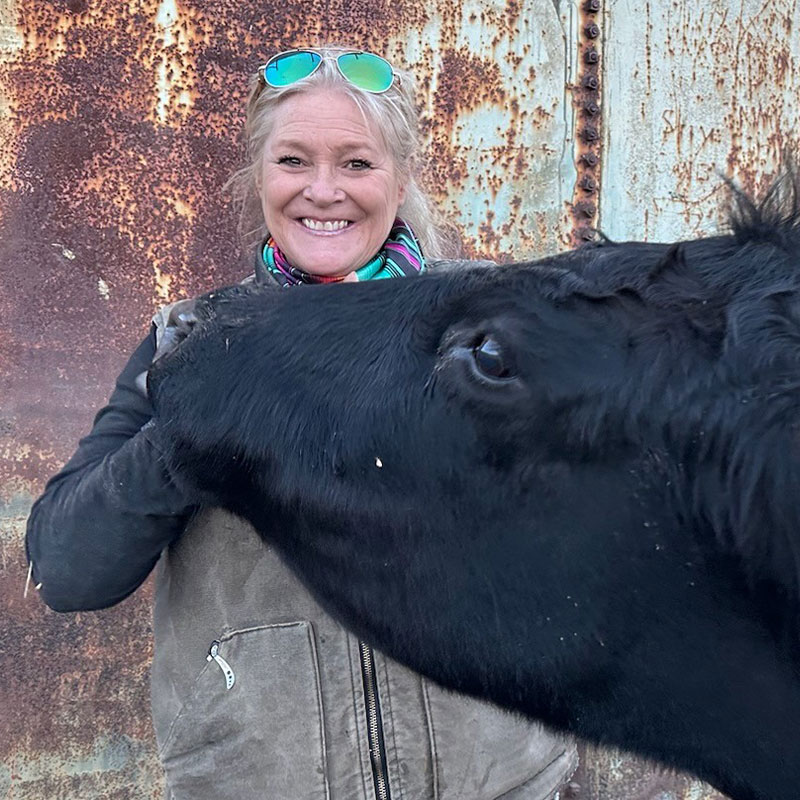






Leave A Comment